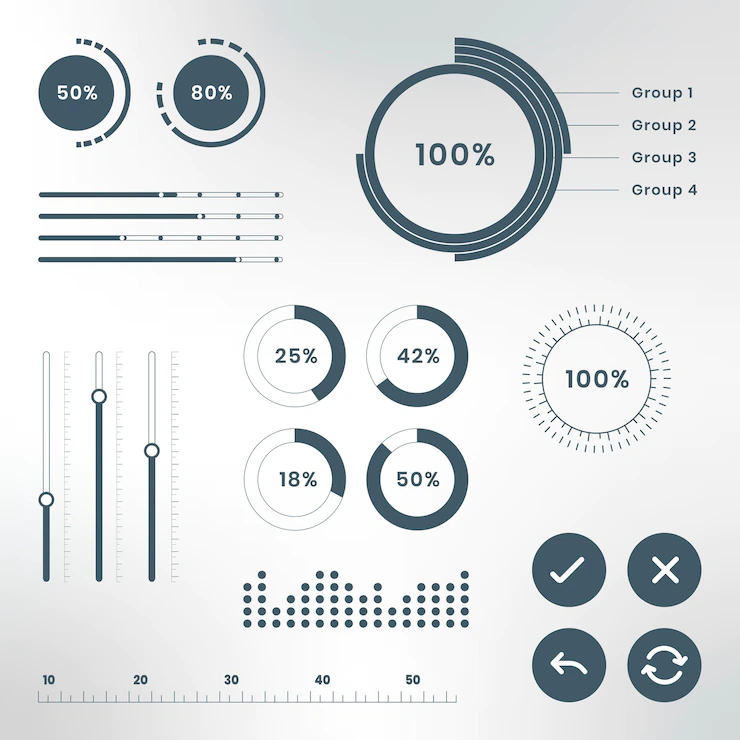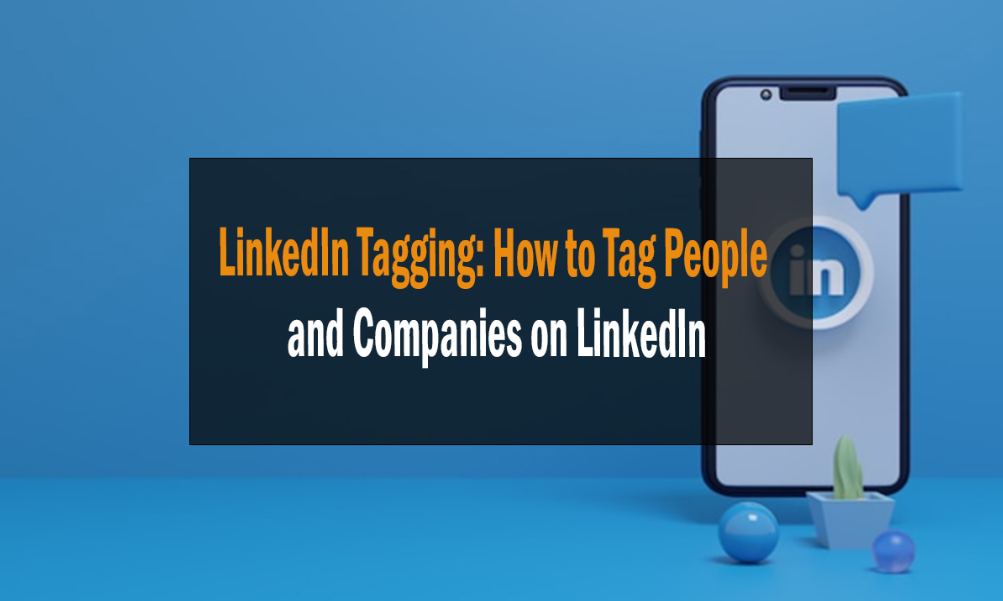
How to Set an Advertising Budget Tricks in 2024
Set an Advertising Budget
There are a number of factors to consider when setting an advertising budget, including the size and scope of your advertising campaign, your target audience, and your overall marketing goals.
The first step is to determine the size and scope of your advertising campaign. How many ad impressions do you want to generate? How many people do you want to reach? What kind of response do you hope to achieve? Set an Advertising Budget.
Once you have a good understanding of the size and scope of your advertising campaign, you can begin to think about your target audience. Who are you trying to reach with your ads? What are their needs and wants? How will they respond to your message? Set an Advertising Budget.
Finally, consider your overall marketing goals. What are you trying to accomplish with your marketing efforts? How does advertising fit into your overall strategy? How much are you willing to spend to achieve your goals? Set an Advertising Budget.
Answering these questions will help you develop a clear and effective advertising budget. Keep in mind that your budget should be flexible and allow for some trial and error. Don’t be afraid to experiment with different strategies and messages to see what works best for your business. Set an Advertising Budget.
How much should you anticipate spending on advertising? What’s the “proper” way to calculate your marketing budget? How much should be directed toward which platforms? Should Google Ads and Facebook get a bigger piece of the budget? Is it better to invest more in Google Adwords or Facebook Advertising? Is it more important to focus on SEO or web design? What is the best approach for managing your marketing expenditure? Set an Advertising Budget.
Given all available choices, the amount of money spent advertising your firm might quickly snowball. Newspaper ads, direct mail, internet marketing, and social media marketing – it all adds up fast! If you said “yes” to everything, this might actually be the worst method of all. You’ll need to balance options (and compare digital versus conventional advertising) in order to figure out which approach is best for your company. Younger companies generally don’t have as much cash to spend on marketing campaigns, so make wise use of them. Set an Advertising Budget.
Methods in Setting an Advertising Budget
Sales Percentage:
This approach is best for a company with a track record of sales. A small portion of the total revenue is reinvested in marketing activities with the aim of greater future sales. You begin by calculating last year’s overall gross sales and determining what percentage is most successful. If your business has been around for longer, you might want to look at average yearly revenues over the previous five years. The more data you have, the better. Set an Advertising Budget.
Locally owned and operated enterprises thrive on this method since it is safe and straightforward to comprehend. You know what your company produces, making it easier to set a budget for advertising. The main disadvantage is that by using this technique, you risk missing out on future developments. Set an Advertising Budget.
This is a “no brainer” option. You never “lose” money; you simply lose “slightly less money,” as calculated risk. The hope is that the payoff will outweigh the original marketing expenditure.

Industry Averages:
You compare what you spend to what your competitors spend, and establish an “industry average expenditure” for your business, using this approach. Trade organisations frequently disclose the amount spent on advertising so that you may search for them as a source of inspiration.
When determining an advertising budget, this approach is ideal for both new and established organisations. Because there’s already a standard in the market with known trends, it’s simple to complete. The major advantage of this technique is that you can match or advance towards your competitors’ expenditures and achieve good outcomes.

There’s no “guesswork,” and there’s no danger of underspending and wondering why these methods aren’t working. The most important answer is usually “not spending as aggressively.” The disadvantage of this method is that it assumes the same amount is valid in every market, which may not always be the case.
Set Marketing Objectives:
Set clear goals and decide on what activities must be completed to meet those objectives. Let’s assume you want to boost your internet referrals by 5% – how would you do it? What is the average cost per lead in your sector, and what proportion of leads are being converted into clients? You can be more methodical with digital analytics than ever before thanks to digital analytics.
Working backwards, you may begin with questions such as “How many new clients do we want each month?” and “How many leads are required to conclude one transaction?” What are the costs of those leads in terms of money and time? This becomes your projected marketing budget for achieving your desired results If you want to generate a project plan, you must first understand the difference between schedule and cost.
Although the words “cost” and “schedule” are frequently used interchangeably, they are not synonymous. You can establish more practical, more predictable expenditures connected with reaching your goal by taking this route. You may also compute how realistic each marketing platform’s outcomes are for actually delivering what your business needs. On Page SEO | #1 What to improve?

Aggressive Maximums:
You may spend all of your money on advertising to develop a firm quickly. To put it another way, this maintains just enough to cover the “overhead” of the company and personal costs. The rest is committed to marketing.
It’s a big risk to choose the cost per click method. You must exercise caution when using this approach.
If advertising fails, you may find yourself running your company into the ground before it ever has a chance. However, if you combine this with other strategies, you can achieve amazing results. Using this technique during specific months or quarters when business is strong might be a smart idea. If you have a “busy season,” you’re essentially paying for more of an already-coming pie rather than buying something new from it.
Traditional Advertising:
Traditional marketing is the last-generation form of advertising that springs to mind. TV commercials, magazine advertisements, and billboards are examples of it. It lacks the sophistication of digital tracking and testing, but it has the benefit of reaching as many people as possible.
Print Advertising:
Printed publications might help you gain brand recognition and expand your business in front of customers. Costs differ, and you have no way of knowing who you’re reaching (or whether they’re interested). The bulk of the research for print marketing is focused on understanding your audience and conducting thorough background checks on your client base.
For instance, if you’re thinking about placing an ad in a magazine, you’ll want to know which editions your readers are reading. Traditionally, this data has been gathered via polls, salespeople, and account executives.

Outdoor Advertising:
Billboards, posters, bus advertisements, and benches are all examples of outdoor advertising. They’re usually a sign or banner with a fast, direct offer. These as they go about their day are noticed by others Depending on your market, this may be a money-saving alternative since your ad is likely to get lots of traffic.
Because of the consistent traffic that sees your ad, outdoor advertisements are particularly effective at raising brand recognition. If you want people in your local area to “know” about and understand your company’s services, this may be an appealing option.
Broadcast Advertising:
This category includes television and radio. Well-executed television advertisements may reach your customers while they watch their favourite streaming media channel. During rush hour in the morning, radio also performs effectively to reach a mobile audience. The only drawbacks are the cost and available viewing times for this form of marketing.Premium hours are more expensive.
A well-known network may charge considerably more for a television commercial than the entire budget of many small businesses, with no guarantee that it will result.This is generally the approach chosen by large businesses, who have already exhausted all other possibilities. Their goal with television commercials isn’t to obtain direct sales, but rather to increase their market share relative to their rivals. Broadcast marketing is a “win more” strategy in which you try to gain more market share.
Digital Marketing:
Working with multiple internet platforms, search engine optimization (SEO), and targeted advertising is a typical element of digital marketing. This form of marketing is also known as cost-effective, which means it’s useful for companies with a limited advertising budget.
You’re also able to see real-world outcomes.It is critical for entrepreneurs with limited advertising cash to build a cohesive marketing strategy that focuses on the brand. This does not only include activities like Facebook ads, but it also entails developing an integrated marketing plan based on your distinctive value proposition and business goals.
Social Media:
Social media marketing is a fact of life nowadays. Millions of individuals use social networking sites, so any modern advertising budget will have some amount of social media promotion. Brand awareness is increased by frequent postings, and tailored advertisements engage your target audience. Because you may target customers using handy social media tools, you tend to get higher conversion rates as well.

Search Engine Optimization (SEO):
Search engine optimization is a must-have for any business. When people conduct searches on Google, you’ll appear if you use the correct keywords on your site and content. That’s just one aspect of SEO, but it’s crucial to grasp it properly. If your company has only recently established an internet presence, make sure your SEO is up to par from the start.
Online Advertisements:
These are the display advertising and tailored video advertisements that you see when browsing the internet. These ads are usually pay-per-click, so you only pay for them if someone clicks on them. To continue to invest in, you may measure the click-through rate and determine which ones perform well.

Determining Your Advertising Budget:
When you look at it from a broader perspective, it’s clear how essential an advertising budget is for your business. The choice of approach depends largely on your audience’s demographics. Consider the distinctions between traditional and digital advertising while setting your advertising budget, and you’ll be well on your way to getting your company out there.






